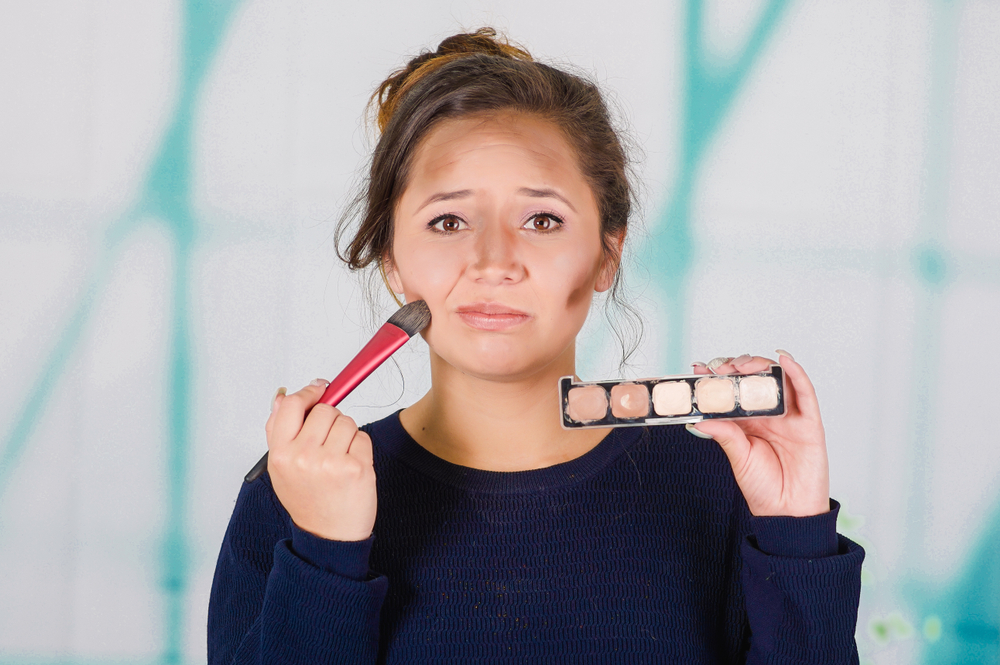The beauty industry has innovative tools designed to enhance skincare, makeup, and haircare routines. However, not every gadget has been a success—some have been downright disastrous. Over the years, companies have released bizarre, impractical, and even dangerous beauty devices that promised miraculous results but delivered disappointment instead. From painful contraptions to products that simply didn’t work, these failed inventions left many consumers regretting their purchases. Some gadgets were poorly designed, while others were outright scams, preying on people’s desire to look their best. Whether it was a tool that overcomplicated simple beauty routines or a device that caused more harm than good, these products are remembered for all the wrong reasons. While beauty technology continues to improve, these failures serve as a reminder that not all trends are worth trying. Here are ten of the worst beauty gadgets ever sold, proving that sometimes, traditional methods are still the best.
1. The Face Slimming Strap
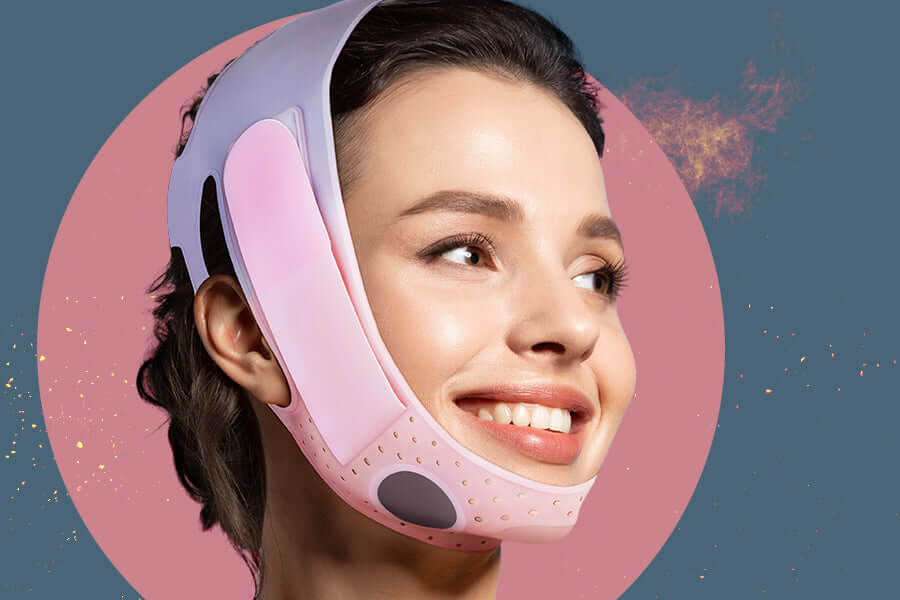
The face slimming strap was a strange contraption that claimed to define the jawline by applying tight compression around the lower face. It was marketed as a non-surgical solution for achieving a sculpted, V-shaped face. The idea was that wearing the strap for several hours would somehow “melt” fat and reshape facial contours. In reality, the only thing this device did was leave uncomfortable red marks on the skin and cause headaches.
Many users found the strap unbearably tight, making it difficult to breathe or speak properly while wearing it. There was also no scientific basis for the claims that pressure alone could alter facial structure. As explained by dermatologists, fat reduction requires diet, exercise, or medical procedures—not compression garments. According to Women’s Health, chin straps are not intended to significantly sculpt the jawline long-term; they may reduce puffiness temporarily but don’t affect fat deposits or skin laxity in a lasting way. Once people realized the strap was ineffective, it quickly became another laughable beauty gimmick.
2. The Infamous DIY Vacuum Haircut System
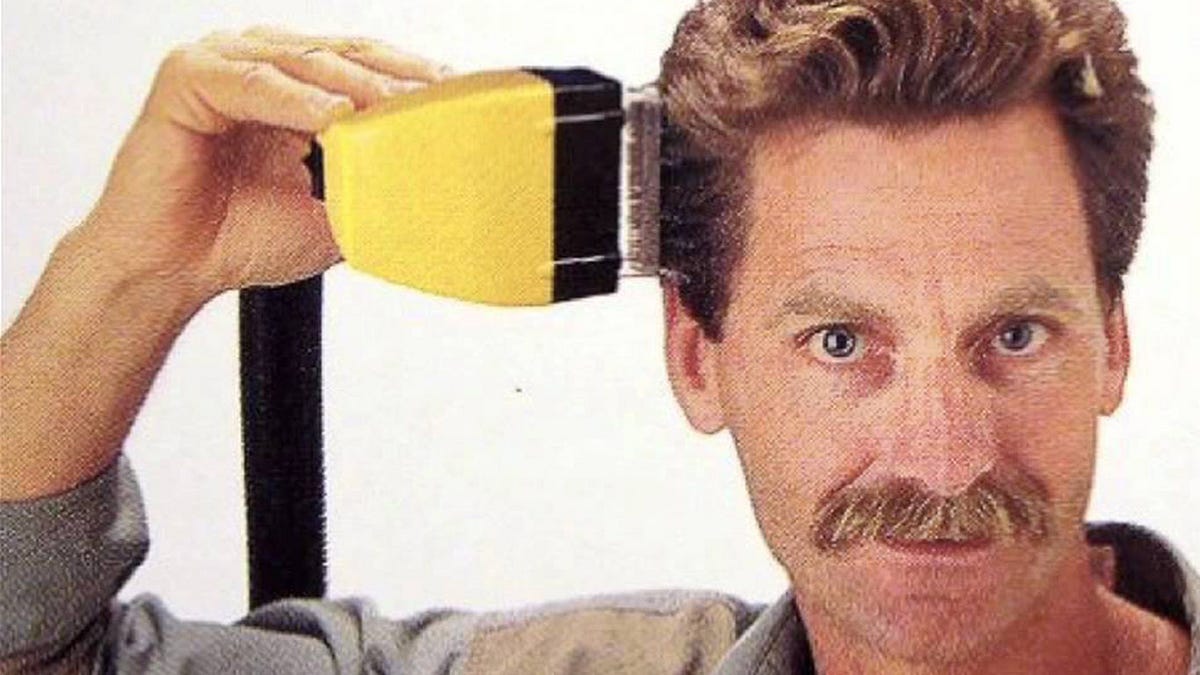
The Flowbee was marketed as a revolutionary at-home haircutting system that combined a vacuum cleaner with hair-cutting blades. The idea was simple: users attached the device to their vacuum hose, which would suck up hair while evenly trimming it at the desired length. While this promised a mess-free, foolproof haircut, the reality was often disappointing. Many users found that the Flowbee delivered choppy, uneven cuts that looked more like a rushed DIY disaster than a professional trim. The suction also pulled on the hair uncomfortably, making the experience far from pleasant.
Another major issue was that the Flowbee wasn’t suitable for all hair types—those with thick, curly, or textured hair often found that it either didn’t cut evenly or got tangled. The device also had trouble achieving anything beyond a basic, blunt cut, meaning complex hairstyles were out of the question. While the Flowbee did develop a cult following, mainly among people who wanted quick and simple haircuts, it never truly replaced professional styling. Over time, most users realized that traditional clippers or a visit to a barber were much more effective solutions. Though the Flowbee is still available today, its reputation as one of the strangest beauty gadgets ever sold remains intact. As noted on Svmproducts, the Flowbee works by cutting through guide combs, ensuring a clean cut, but its limitations with certain hair types are well-documented. Despite its mixed reviews, some users have reported positive experiences with the Flowbee, praising its convenience and cost-effectiveness. According to HairClippersClub, the Flowbee is great for simple haircuts but lacks versatility for detailed styling.
3. The Lip Plumper Suction Cup
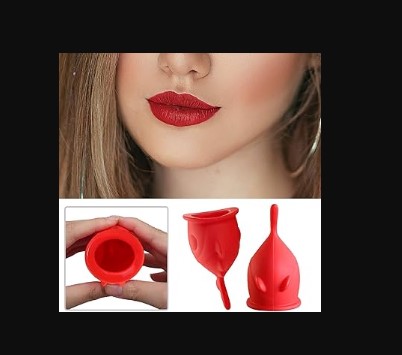
During the height of the fuller-lip craze, suction-based lip-plumping devices became a viral trend. These gadgets claimed to create the illusion of fuller lips by using vacuum suction to temporarily swell the lips. However, many users quickly realized that these tools did more harm than good. Excessive suction often led to bruising, broken capillaries, and uneven lip swelling. Some people even experienced long-term lip damage, with stretched-out skin that never fully recovered. According to Aqua Dental Tulsa, overuse of suction cup lip plumpers can also cause misalignment of the teeth due to the outward pressure of the suction.
The biggest issue with these devices was their unpredictability—some people saw slight plumping, while others ended up with lips that looked swollen and unnatural. Unlike professional lip fillers, which are carefully administered, these DIY plumpers had no real control over the amount of suction applied. Many beauty experts warned against them, citing the potential for permanent lip tissue damage. Eventually, the trend faded as people realized the dangers of using vacuum suction for lip enhancement. As noted by Global News, the suction techniques can lead to significant pain, swelling, and bruising.
4. The Automatic Eyebrow Trimmer
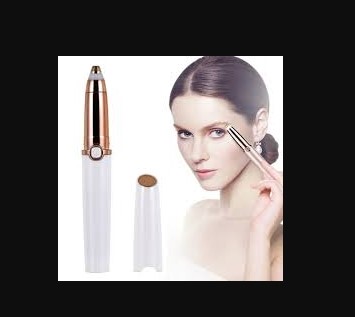
The automatic eyebrow trimmer was marketed as a fast and easy way to shape perfect brows without the need for tweezing or waxing. This small, battery-powered device used a tiny spinning blade to remove excess hair with minimal effort. However, the problem with this gadget was its lack of precision—many users found that it shaved off entire sections of their brows instead of gently trimming them. Instead of achieving a natural, well-shaped look, people were left with uneven, patchy eyebrows.
Unlike tweezers or professional threading, which allow for careful shaping, this device made brow grooming a risky game of chance. The slightest wrong move could result in missing chunks of hair, forcing users to spend weeks filling in the gaps with eyebrow pencils. Additionally, the trimmer often left behind rough, blunt hairs that grew back awkwardly. Over time, most people realized that the old-fashioned method of carefully tweezing their brows was far superior. For those interested in modern alternatives, there are safer options like the AOLANL, which offers more precise and safer trimming.
5. The Heated Eyelash Curler
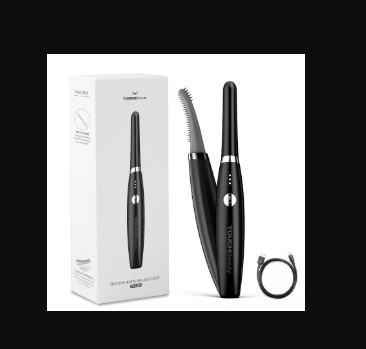
A heated eyelash curler sounds like a dream—a tool that lifts and sets lashes into place, making the mascara application even more flawless. Unfortunately, the reality of this device was far less glamorous. Many users reported that the heat was either too weak to make a difference or too intense, leading to burned eyelids and singed eyelashes. The risk of burning oneself was high, especially for those who used the device without fully understanding how hot it could get.
Unlike traditional eyelash curlers, which require only a gentle squeeze, this heated version added an unnecessary level of danger to the routine. Some models malfunctioned, overheating to dangerous levels and causing painful accidents. Others simply didn’t work, failing to curl the lashes effectively despite the heat. Given the delicate nature of eyelashes, subjecting them to extreme temperatures proved to be a bad idea. As noted on The Lifestyle Collective, the most significant danger of using heated eyelash curlers is burning the delicate skin around the eyes. In the end, most beauty lovers returned to classic curlers, realizing that sometimes, simpler tools work best.
6. The Hair Volumizing Bump Inserts
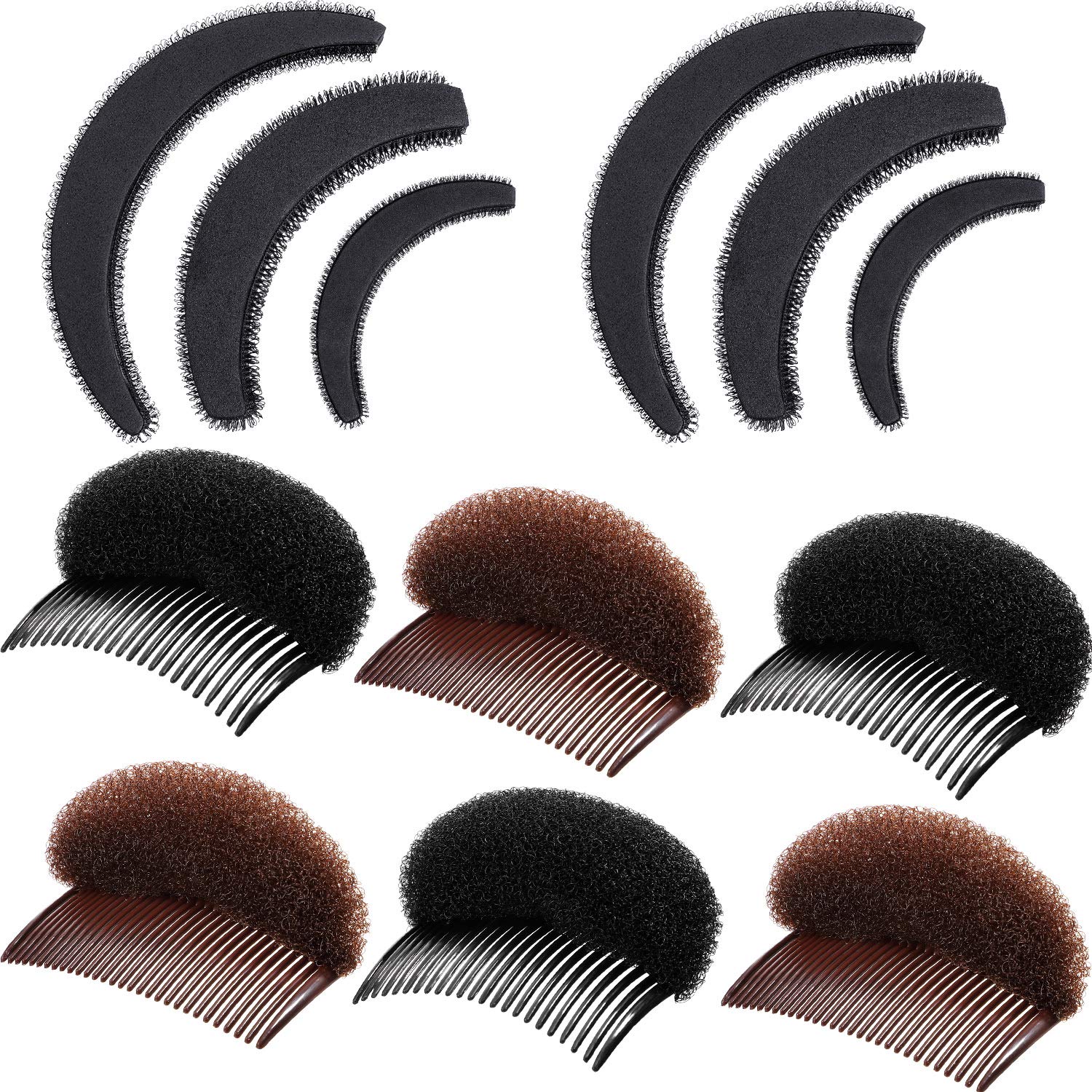
In the early 2000s, hair volumizing bump inserts promised to give women the perfect, lifted crown without the need for teasing or excessive hairspray. These plastic or foam pieces were placed under sections of hair to create instant volume. However, the problem was that they often looked unnatural, especially if they weren’t hidden properly. Many users struggled to blend them seamlessly, leading to visible lumps that made their hair look misshapen rather than voluminous.
Another issue was the discomfort—these inserts were often rigid and would dig into the scalp, causing headaches over time. Unlike natural teasing, which allows for a more blended lift, these inserts created an artificial and obvious bump. They also didn’t work well on all hair types, with fine hair slipping off the insert and thick hair failing to hold it in place. While big hair is still a popular beauty goal, modern styling techniques have replaced these awkward and unreliable inserts.
7. The Electric Pore Vacuum
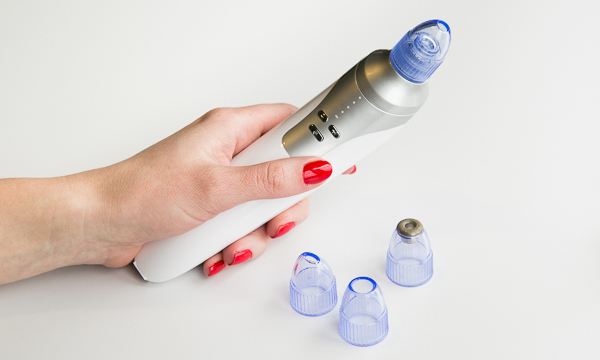
Pore vacuums gained popularity as a way to extract blackheads and deep-clean pores without using painful extraction tools. While the idea was appealing, these devices often did more harm than good. Many users found that the suction was too strong, leaving behind bruises and broken capillaries rather than clear skin. Instead of gently pulling out impurities, the vacuum frequently caused skin irritation, redness, and even long-term damage.
Dermatologists warned that overuse of these devices could lead to weakened skin elasticity and increased sensitivity. Unlike professional extractions, which are done with precision, these vacuums lacked control and often created more problems than they solved. Many people abandoned the tool after experiencing pain or unsatisfactory results. While proper skincare routines can help minimize blackheads, pore vacuums remain one of the worst beauty gadgets to ever hit the market.
8. The Spray-On Hair In A Can

Spray-on hair was marketed as a revolutionary solution for thinning hair and bald spots, promising an instant, fuller look with just a few spritzes. The idea was simple—tiny hair-like fibers or a tinted spray would adhere to the scalp, mimicking real hair. However, the reality was far less impressive. The color often looked unnatural, leaving users with a patchy, powdery mess instead of realistic coverage. Worse still, the spray was highly susceptible to sweat, rain, and even slight rubbing, leading to embarrassing streaks running down faces and necks.
Many users found that instead of enhancing their hair, the product drew even more attention to the areas they were trying to conceal. The spray also tended to transfer onto clothes, pillows, and even other people during hugs. While some hair fiber products have improved over the years, early versions of spray-on hair became infamous for their poor staying power and unrealistic appearance. Those hoping for a quick fix soon realized that a proper hair care routine or professional treatments were far more reliable solutions. In the end, this messy and unreliable product earned its place among the worst beauty gadgets ever sold.
9. The LED Face Mask – More Sci-Fi Than Skincare

LED face masks promise high-tech beauty treatments at home, using different light wavelengths to target acne, wrinkles, and dull skin. While light therapy has legitimate dermatological benefits, many of these at-home versions were more gimmicks than game-changers. The bulky plastic masks often felt uncomfortable, heavy, and awkward to wear for extended periods. Some cheaper models had uneven light distribution, making them ineffective or leading to inconsistent results.
A major issue was that some of these masks used unregulated LED wavelengths, which could be too weak to be effective or, in some cases, too intense, causing skin irritation. Many users also found that the masks did little more than create a futuristic-looking selfie opportunity. Unlike professional LED treatments, which are carefully calibrated, these at-home devices rarely lived up to their skincare promises. While LED therapy remains a respected treatment in dermatology clinics, the consumer versions often end up being expensive dust collectors.
10. The Vibrating Mascara Wand – A Shaky Mess
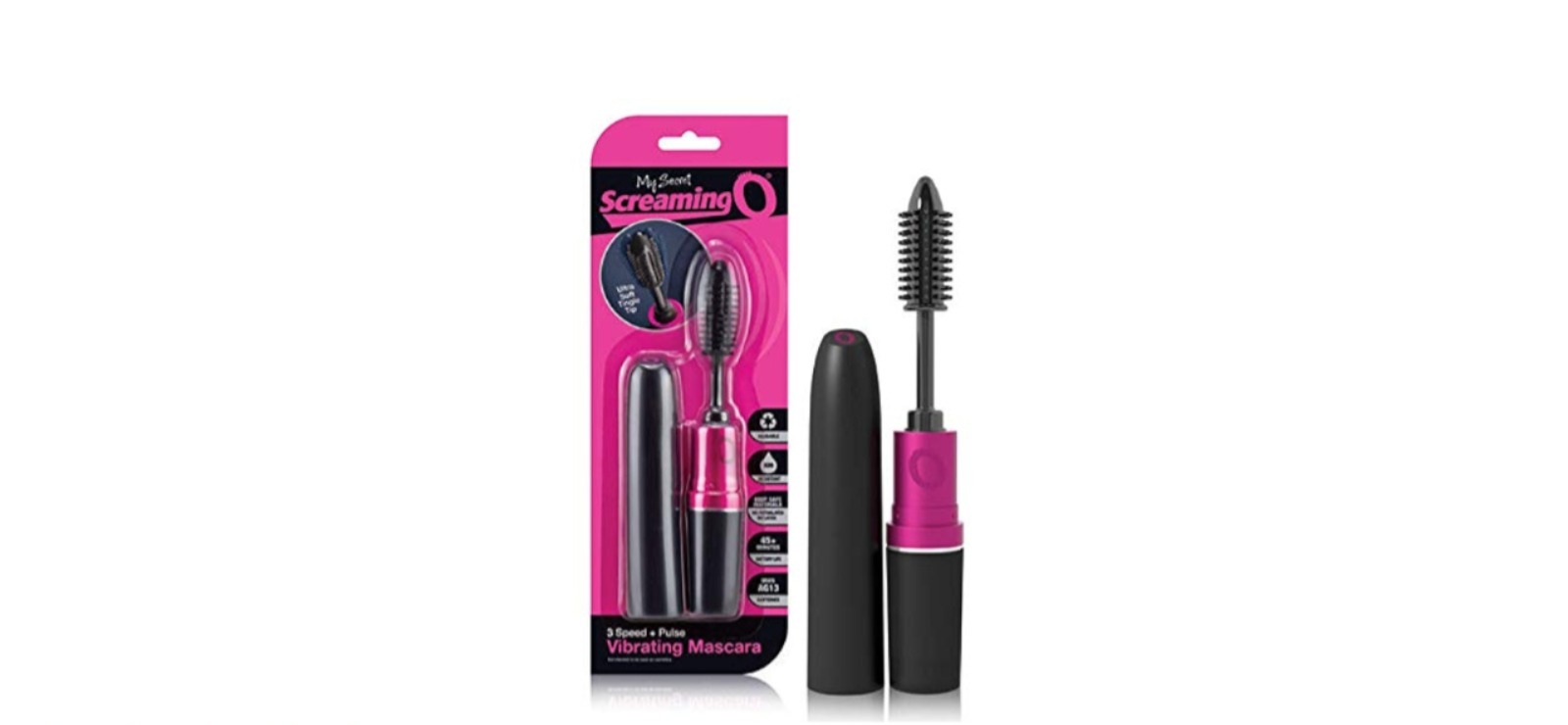
The vibrating mascara wand was designed to make applying mascara easier and more effective by using small vibrations to coat each lash evenly. The idea was that the subtle movement would help prevent clumping and create a fanned-out, voluminous look. However, in practice, this gadget caused more problems than it solved. Many users found it difficult to control, resulting in mascara smudging all over their eyelids and under their eyes.
Instead of achieving long, defined lashes, people ended up with messy, uneven applications that required even more effort to clean up. The small motor inside these wands also made them heavier and more expensive than traditional mascaras. Despite the hype, most beauty lovers quickly realized that a steady hand and a good mascara formula were far more effective than a shaky, overcomplicated device. The vibrating mascara wand proved that sometimes, innovation in beauty doesn’t mean improvement—it just adds unnecessary complications.
Natasha is a seasoned lifestyle journalist and editor based in New York City. Originally from Sydney, during a stellar two-decade career, she has reported on the latest lifestyle news and trends for major media brands including Elle and Grazia.

